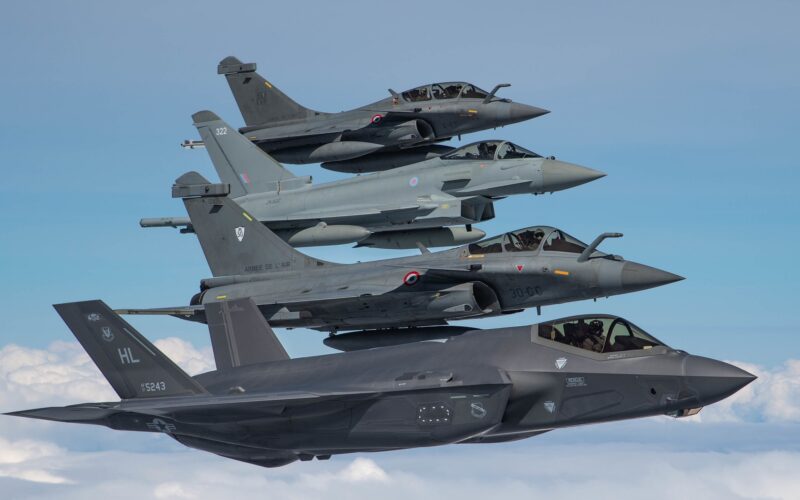The European Union tasked Dassault Aviation with standardizing future European combat aircraft interoperability.
The project called the European Initiative for Collaborative Air Combat Standardisation (EICACS) regroups the main players in the European defense aviation industry, including Airbus Defence and Space, Saab, Leonardo, and MBDA. It is part of the larger EU Collaborative Warfare Capabilities (ECOWAR) project.
It will receive the support of the European Defence Fund, which earmarked €75 million for the initiative. The study should last over three years.
“The grant contract, awarded by the European Commission on 19 December 2022, designates Dassault Aviation, recognized for its ability to manage complex cooperative programmes, as the coordinator of this study project, which brings together 37 industrial partners and research organizations from 11 European Union countries,” the French manufacturer explained in a statement. “It will strengthen the ability of European air forces to fulfill their missions ever more effectively and to act in coalitions involving both manned and unmanned systems, future air combat systems and existing platforms, as well as their upgrades.”
Preparing the ground for the European sixth-generation fighters
The results of this coordination program will likely benefit the two “system of systems” programs currently being developed in Europe, namely the Future Combat Air System (FCAS) regrouping France, Germany, and Spain, and the Global Combat Air Programme, the result of a merger between Italy and UK’s Tempest initiative and Japan’s F-X program.
The program will ensure the collaboration of future combat aircraft with existing fighter jets operated by the countries involved, such as the Dassault Rafale, the Eurofighter Typhoon, the Saab Gripen, and the US-made Lockheed Martin F-35, as well as their support aircraft (tankers, AWACS…). It will also prepare the integration of future platforms, such as unmanned aircraft with fighter-like capabilities known as “loyal wingmen”.

